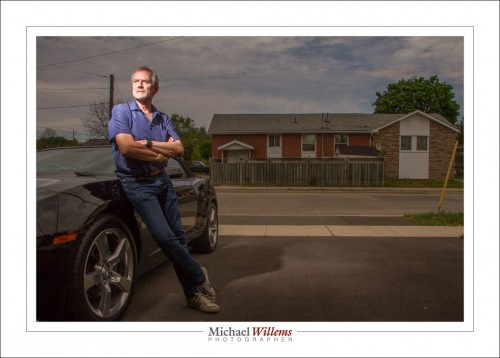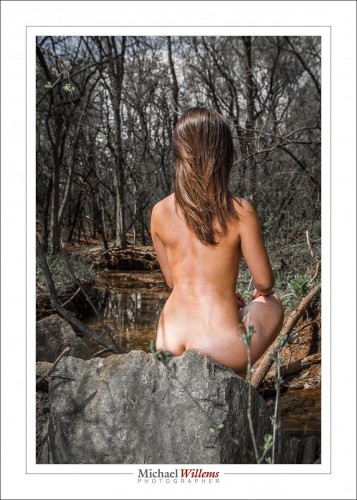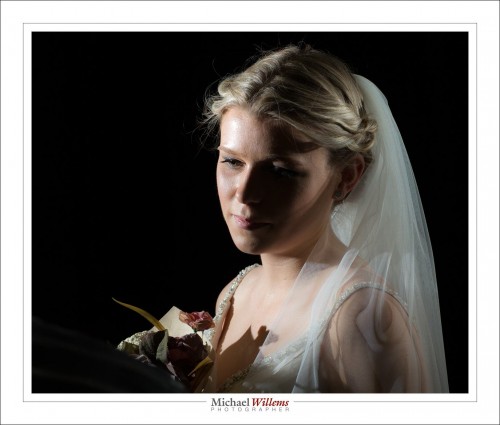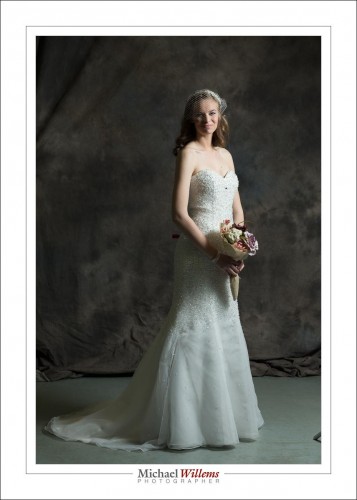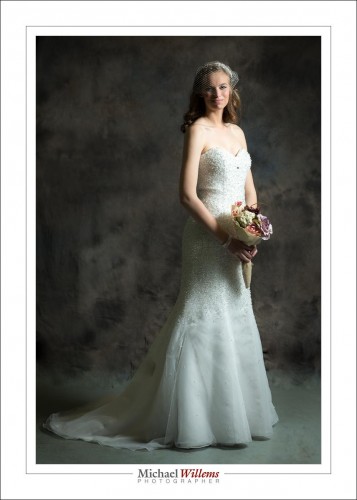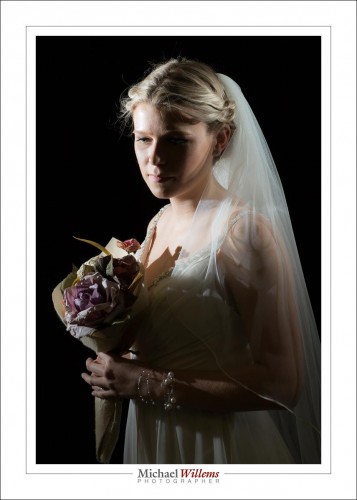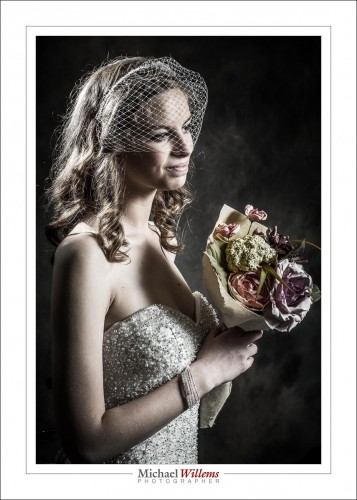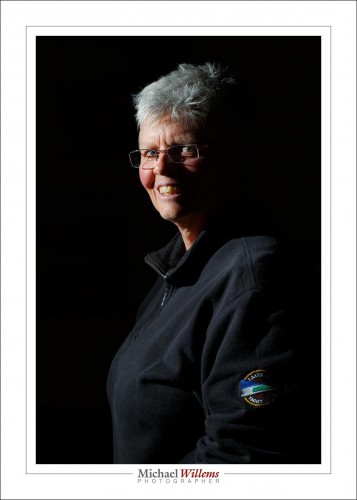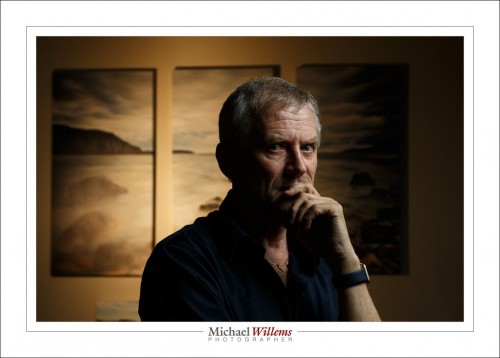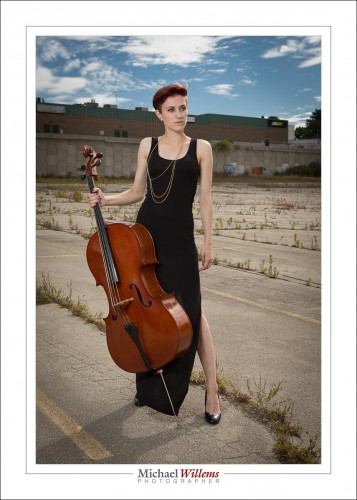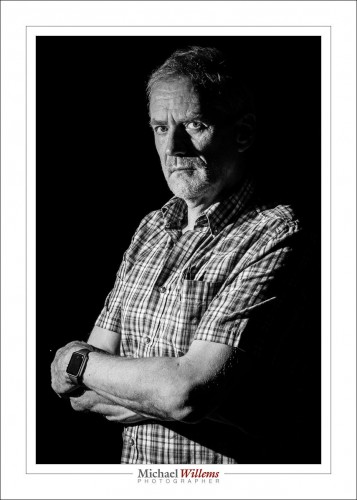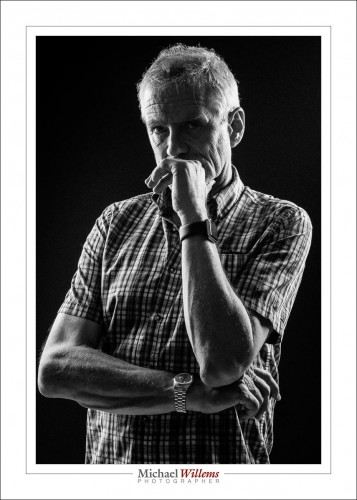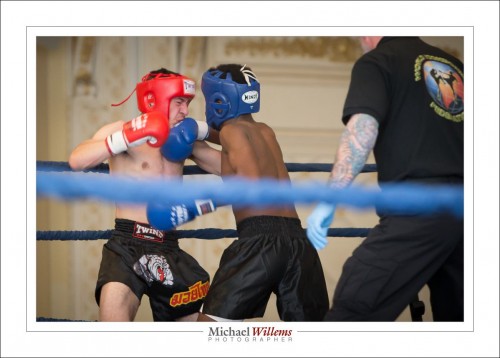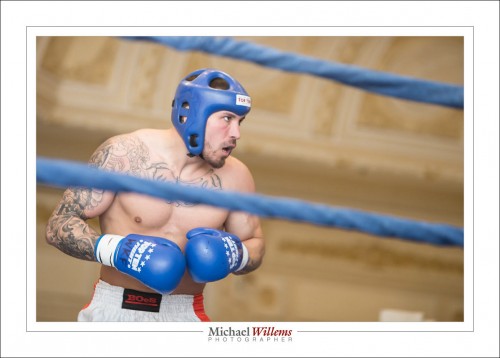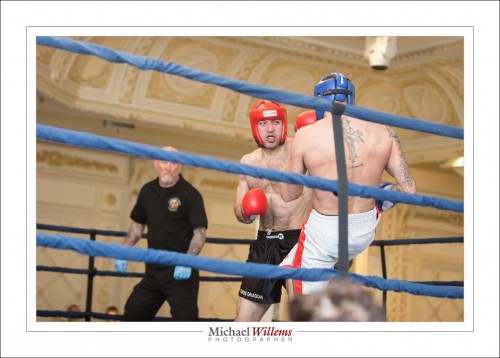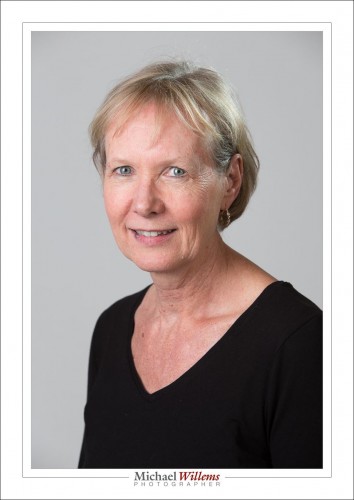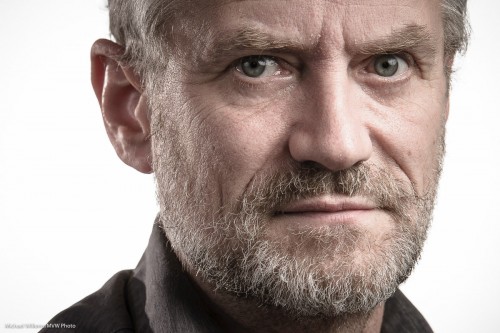On the BBC news front page recently: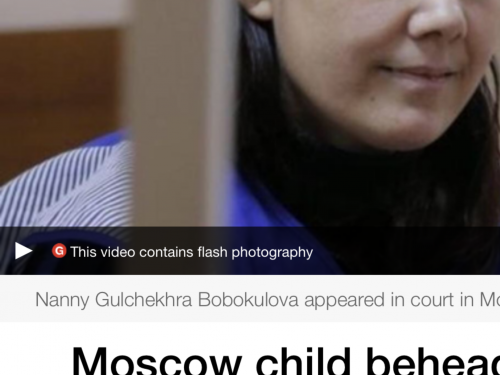
You will notice the flash warning. Lobbying in England by an epilepsy group has resulted in this warning being displayed in all media whenever there is flash.
Because a few people react to flash. Only a few, and only when they do not take their meds, and only if the flashing is repeated at a rate of around 25 Hz, of course; but that’s beside the point, apparently.
It is a shame that there is no regard for reasonableness in these knee-jerk reactions. I can see the day that flash is illegal anywhere in a British public space… preposterous. Now if they said “we prohibit repeated strong stroboscopic flash at a rate of 25 Hz, deliberately aimed at large audiences”, it would perhaps be a different matter. Perhaps.
But superstition rules. Flash in news. Cell phones at gas stations. WiFi and Peanut butter in schools. Vaccinations. All of these represent either some danger or some possible but unproven danger or no danger, just superstition. But when there is danger, the question is “how much? ” And it is there that policy makers fail. Obviously we accept danger in life, otherwise we would all live in tents in open fields, ride bicycles limited to 2 km/h, and wear helmets 24/7, and have police officers assigned to every family 24/7. We would not have airplanes either, or electricity or cars. Clearly, that is nonsensical: we accept risk. And the risk involved in flash photography is extremely minimal. So carry on flashing, speedlighters: no fear.

